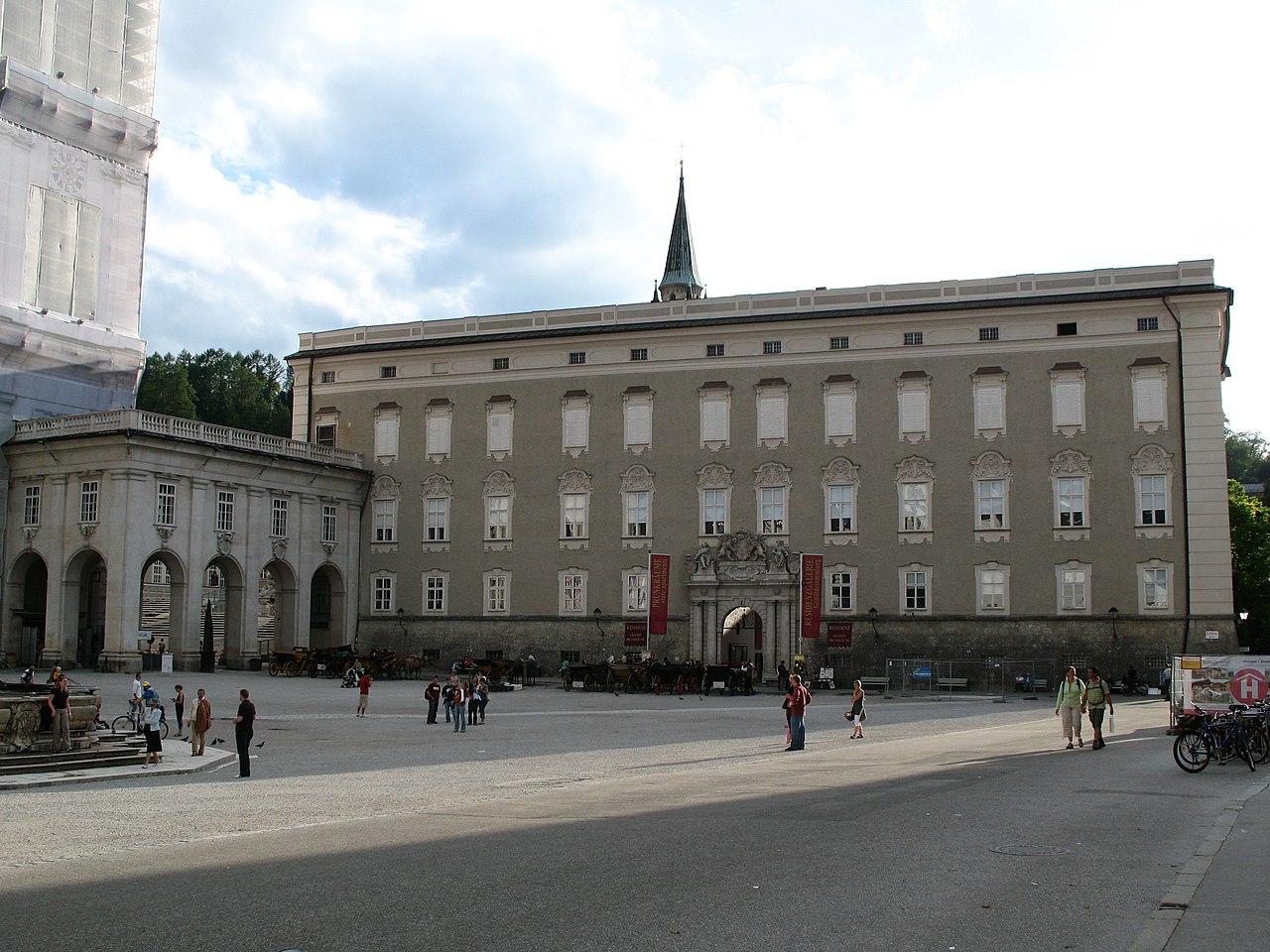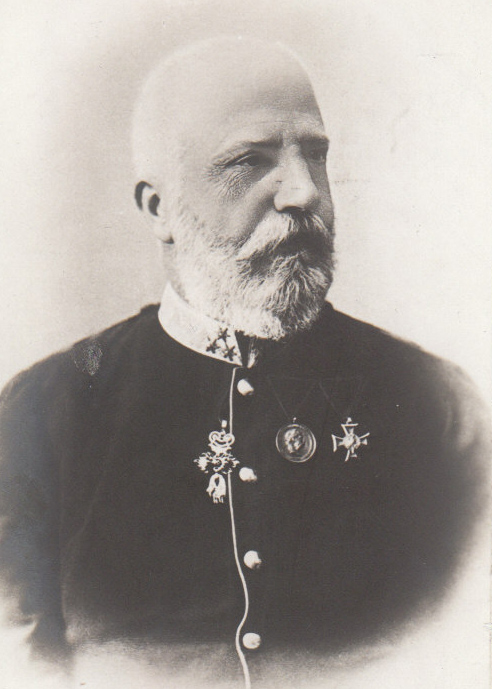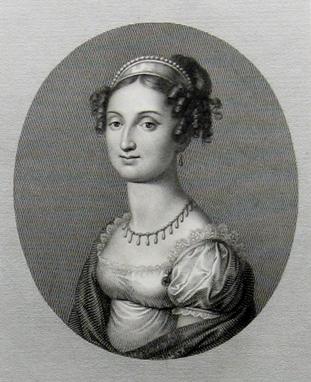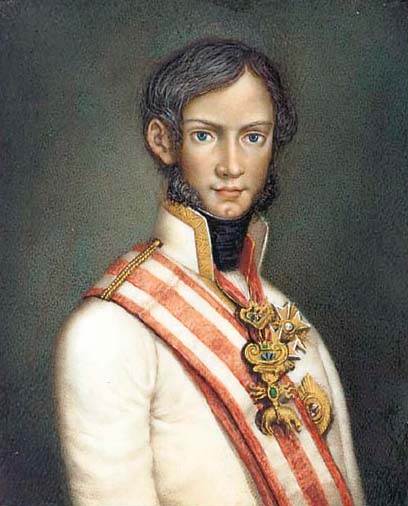by Susan Flantzer
© Unofficial Royalty 2021
The Duchy of Modena and Reggio was a small northwestern Italian state that existed from 1452 to 1859, except during the Napoleonic Wars (1796 – 1814). The House of Este ruled the duchy from 1452 – 1796, and then the House of Austria-Este ruled from 1814 – 1859. In 1796, Modena was occupied by a French army under Napoleon Bonaparte, who deposed Ercole III d’Este, Duke of Modena and Reggio, and added the duchy to the French Empire. Ercole III died in exile in 1803.
Ercole III’s only surviving child of Maria Beatrice d’Este, the heiress of Modena and Reggio married Archduke Ferdinand Karl of Austria, son of Francis Stephen, Duke of Lorraine, Grand Duke of Tuscany, Holy Roman Emperor and Maria Theresa, in her own right Archduchess of Austria, and Queen of Hungary, Croatia, and Bohemia. The son of Maria Beatrice and Ferdinand Karl regained the Duchy of Modena and Reggio as Francesco IV in 1814, after the fall of Napoleon Bonaparte.
The Duchy of Modena and Reggio was abolished during the Italian unification movement. It was annexed to the Kingdom of Sardinia in 1860. In 1861, Vittorio Emanuele II, King of Sardinia was proclaimed the first King of the new, united Kingdom of Italy.
********************
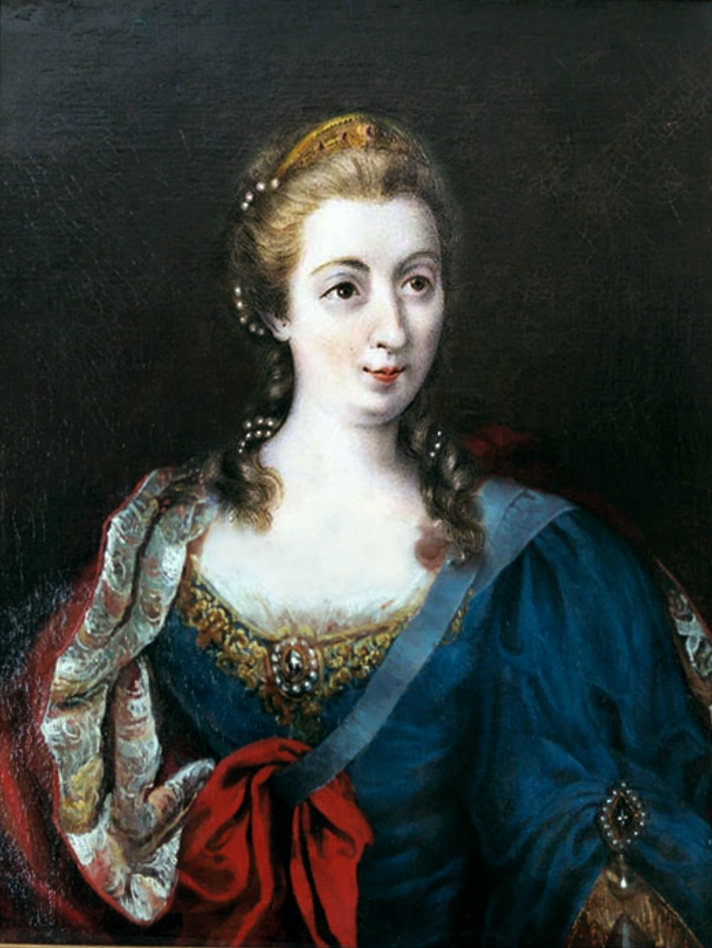
Maria Teresa Cybo-Malaspina, the reigning Duchess of Massa and Carrara; Credit – Wikipedia
Maria Teresa Cybo-Malaspina was the reigning Duchess of Massa and Carrara in her own right from 1731 until she died in 1790, and the wife of Ercole III, Duke of Modena and Reggio. She was born on June 29, 1725, in Novellara, then in the County of Novellara and Bagnolo, later in the Duchy of Modena and Reggio, now in Italy. Maria Teresa was the eldest of the three children and the eldest of the three daughters of Alderano I, Duke of Massa and Carrara and Ricciarda Gonzaga from the Gonzaga branch of the Counts of Novellara. Maria Teresa’s father died on August 18, 1731, when she was just six years old, and she became the reigning Duchess of Massa and Carrara, in the Tuscany region of present-day Italy. Her mother served as regent until 1744.
Maria Teresa had two younger sisters:
- Maria Anna Matilde Cybo-Malaspina (1726 – 1797), married Prince Orazio Albani, had three children
- Maria Camilla Cybo-Malaspina (1728 – 1760), married Restaino Gioacchino di Tocco Cantelmo Stuart, Prince of Montemiletto, had one son
On November 10, 1734, nine-year-old Maria Teresa was married by proxy to twenty-year-old Prince Eugenio Giovanni Francesco of Savoy. However, Eugenio Giovanni Francesco died thirteen days later from typhoid fever. The couple had never met and the marriage was annulled because it was never consummated.

Maria Teresa’s husband Ercole III, Duke of Modena and Reggio; Credit – Wikipedia
On April 16, 1741, Maria Teresa married the future Ercole III, Duke of Modena and Reggio. The marriage was made at the insistence of Ercole’s father who wanted the Duchy of Massa and Carrara because of its access to the sea. The marriage was not a happy one. After Maria Teresa gave birth to two children, Ercole humiliated her with his open relationships with his mistresses. Eventually, the couple began to live apart. Ercole remained in the Ducal Palace in Modena and Maria Teresa moved to the Ducal Palace in Reggio Emilia.
Ercole and Maria Teresa had two children but only their daughter survived childhood:
- Maria Beatrice d’Este, Duchess of Massa and Carrara (1750 – 1829), married Archduke Ferdinand of Austria, had ten children including Archduchess Maria Theresa of Austria-Este who married King Vittorio Emanuele I of Sardinia, Francesco IV, Duke of Modena and Reggio, and Archduchess Ludovika of Austria-Este who married Emperor Franz I of Austria
- Rinaldo Francesco d’Este (born and died 1753), died in infancy.

Maria Teresa’s only surviving child Maria Beatrice d’Este with her husband Archduke Ferdinand of Austria and two of their ten children Archduchess Maria Leopoldine and Archduchess Maria Theresa; Credit – Wikipedia
Maria Teresa and Ercole’s only surviving child Maria Beatrice d’Este married Archduke Ferdinand of Austria, son of Francis Stephen, Duke of Lorraine, Grand Duke of Tuscany, Holy Roman Emperor and Maria Theresa, in her own right Archduchess of Austria, and Queen of Hungary, Croatia, and Bohemia. Maria Beatrice and Ferdinand’s marriage created the House of Austria-Este, a cadet branch of the House of Habsburg-Lorraine.
As Duchess of Massa and Carrara, Maria Teresa was an enlightened ruler and demonstrated excellent administrative skills. She continued the work on the Via Vandelli, a road that connected Massa and Modena, and had a hospital built in Massa. In 1769, Maria Teresa founded the Accademia di Belle Arti di Carrara, a public academy of art in Carrara focusing on painting, sculpture, and architecture which is still in existence. The art academy complimented Carrara’s largest business, the quarrying of the famous Carrara marble, the white or blue-grey marble used in sculpture and building decor. Carrara marble has been used since the time of ancient Rome. It was used for many buildings of ancient Rome and Michelangelo used it for many of his sculptures. It is still an important industry in Carrara.

Funeral monument of Maria Teresa Cybo D’Este at the Basilica of the Madonna della Ghiara; Credit – Von Andrea.fusani – Eigenes Werk, CC BY-SA 4.0, https://commons.wikimedia.org/w/index.php?curid=48772495
Maria Teresa, Duchess of Massa and Carrara died at the age of 65 on December 29, 1790, at the Ducal Palace in Reggio Emilia, Duchy of Modena and Reggio, now in Italy. She was buried at the Basilica of the Madonna della Ghiara in Reggio Emilia. Maria Teresa’s only surviving child Maria Beatrice d’Este became the reigning Duchess of Massa and Carrara. After Maria Beatrice died in 1829, the Duchy of Massa and Carrara was annexed to the Duchy of Modena and Reggio.
This article is the intellectual property of Unofficial Royalty and is NOT TO BE COPIED, EDITED, OR POSTED IN ANY FORM ON ANOTHER WEBSITE under any circumstances. It is permissible to use a link that directs to Unofficial Royalty.
Works Cited
- En.wikipedia.org. 2021. Maria Beatrice d’Este, Duchess of Massa – Wikipedia. [online] Available at: <https://en.wikipedia.org/wiki/Maria_Beatrice_d%27Este,_Duchess_of_Massa> [Accessed 7 October 2021].
- En.wikipedia.org. 2021. Maria Teresa Cybo-Malaspina, Duchess of Massa – Wikipedia. [online] Available at: <https://en.wikipedia.org/wiki/Maria_Teresa_Cybo-Malaspina,_Duchess_of_Massa> [Accessed 7 October 2021].
- Flantzer, Susan, 2021. Ercole III d’Este, Duke of Modena and Reggio. [online] Unofficial Royalty. Available at: <https://www.unofficialroyalty.com/ercole-iii-deste-duke-of-modena-and-reggio/> [Accessed 7 October 2021].
- geni_family_tree. 2021. Maria Teresa Cybo Malaspina, duchessa di Massa e Carrara. [online] Available at: <https://www.geni.com/people/Maria-Teresa-Cybo-Malaspina-duchessa-di-Massa-e-Carrara/6000000004140617051> [Accessed 7 October 2021].
- It.wikipedia.org. 2021. Maria Teresa Cybo-Malaspina – Wikipedia. [online] Available at: <https://it.wikipedia.org/wiki/Maria_Teresa_Cybo-Malaspina> [Accessed 7 October 2021].







